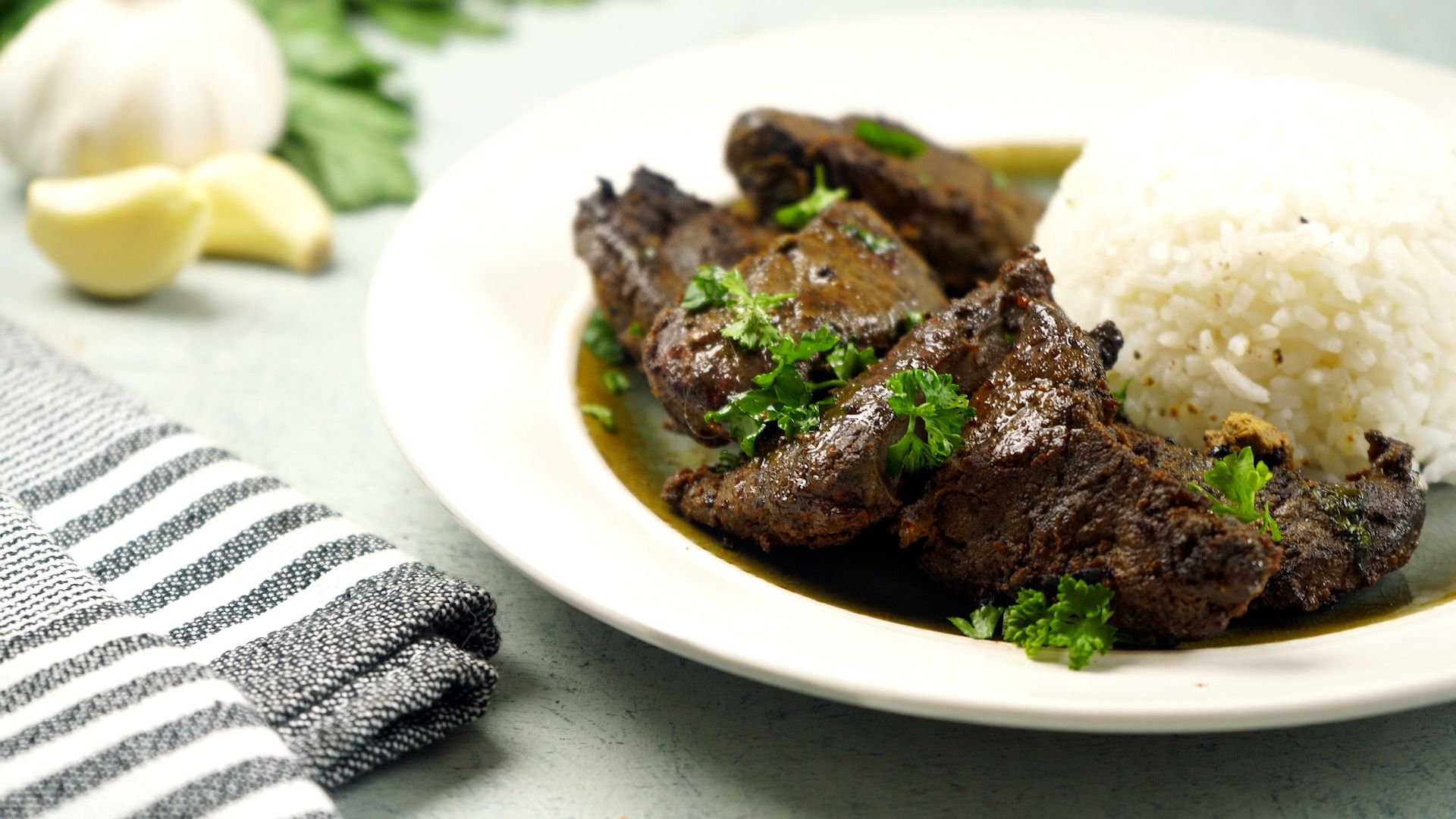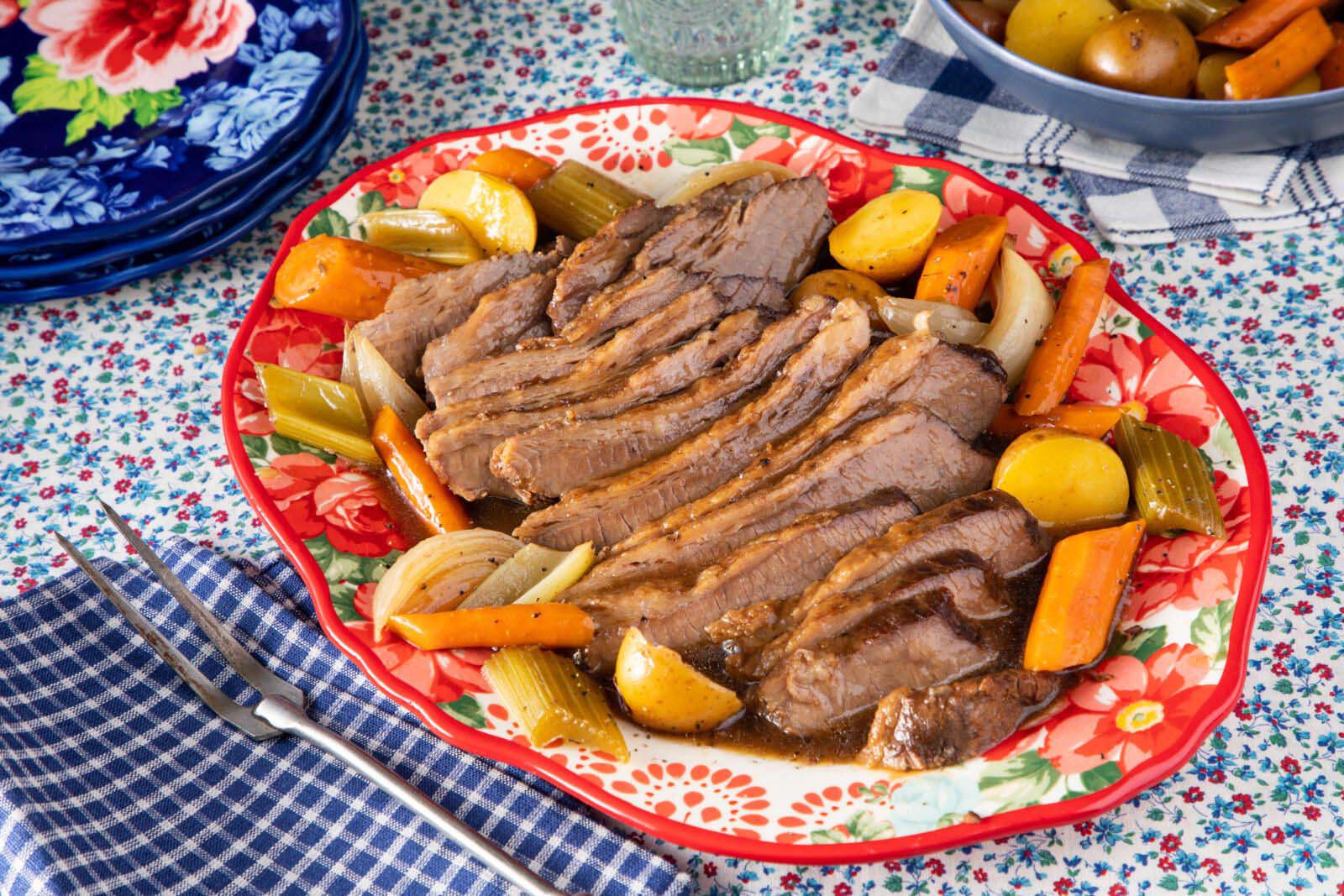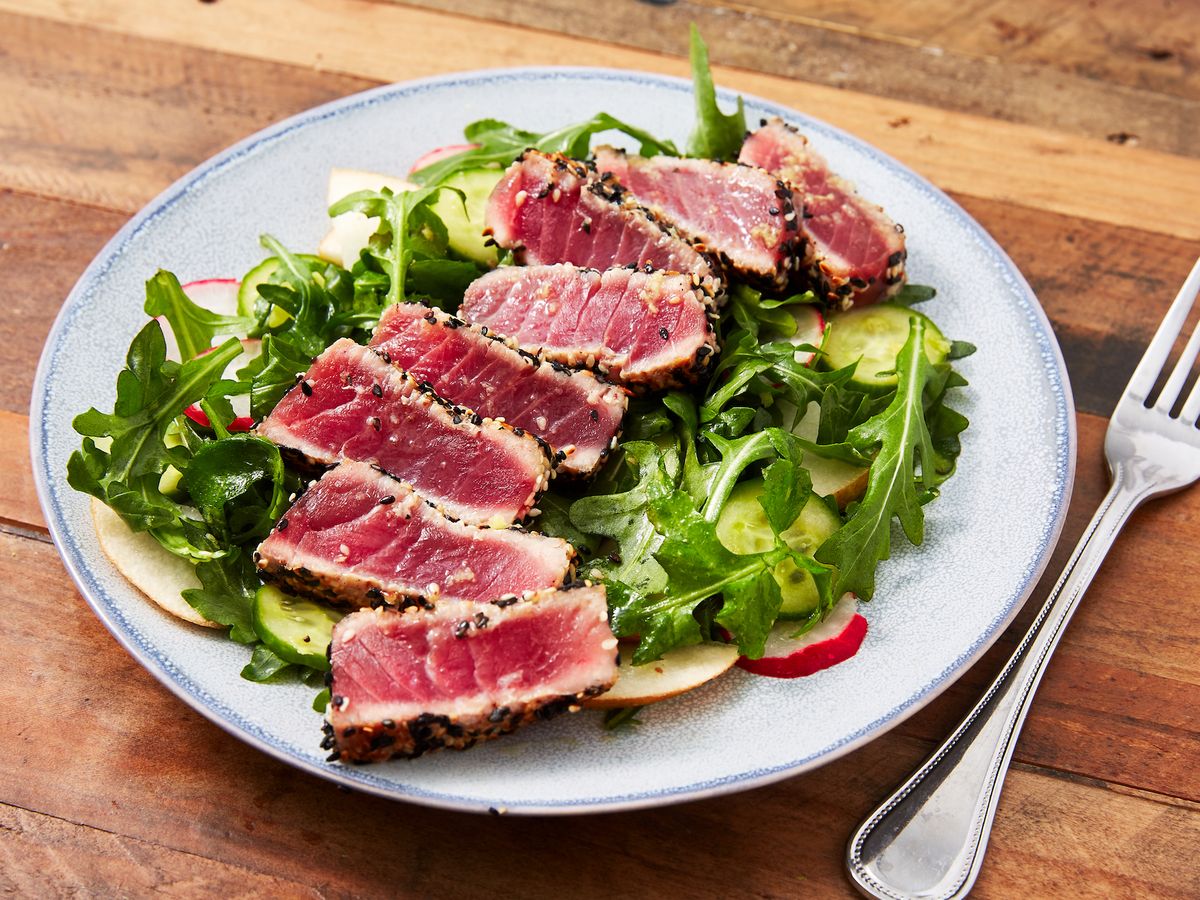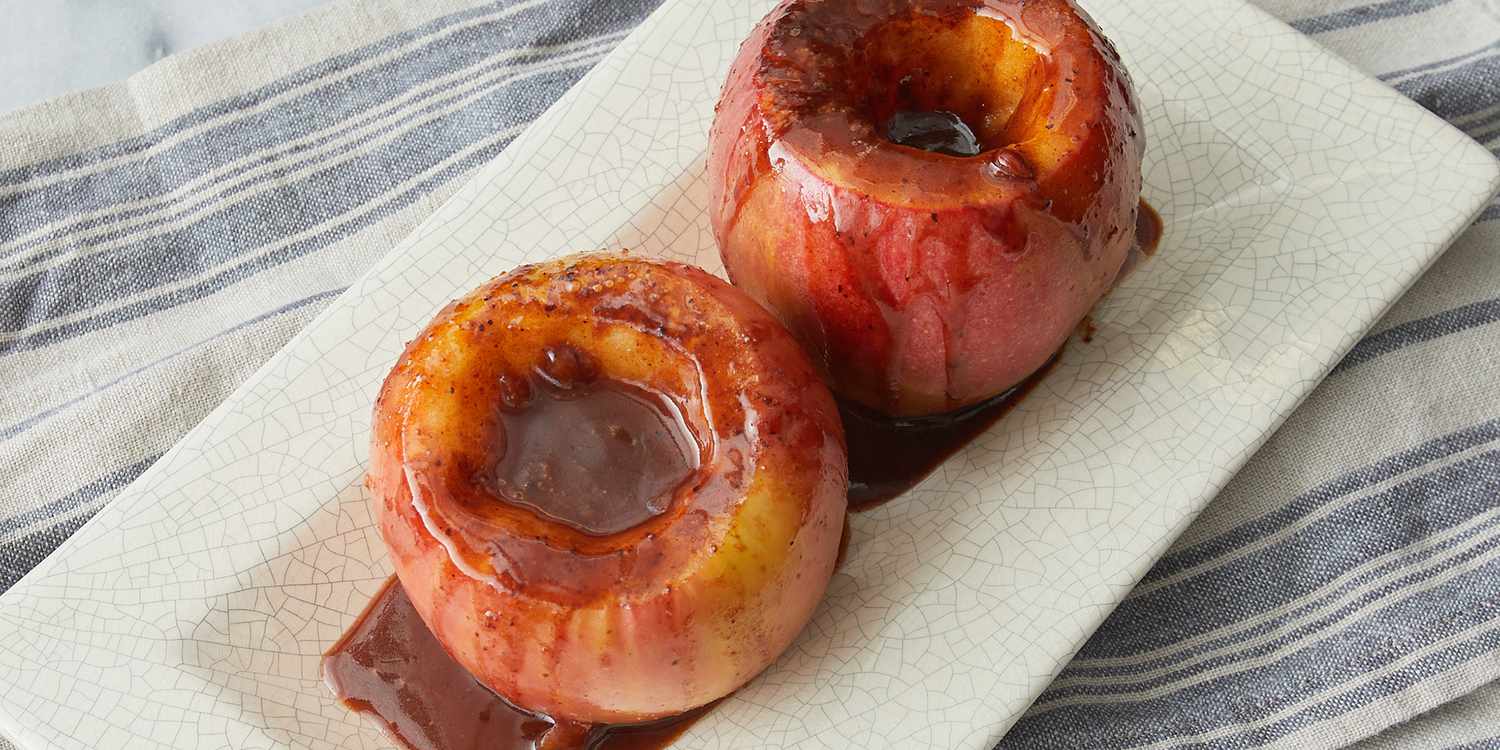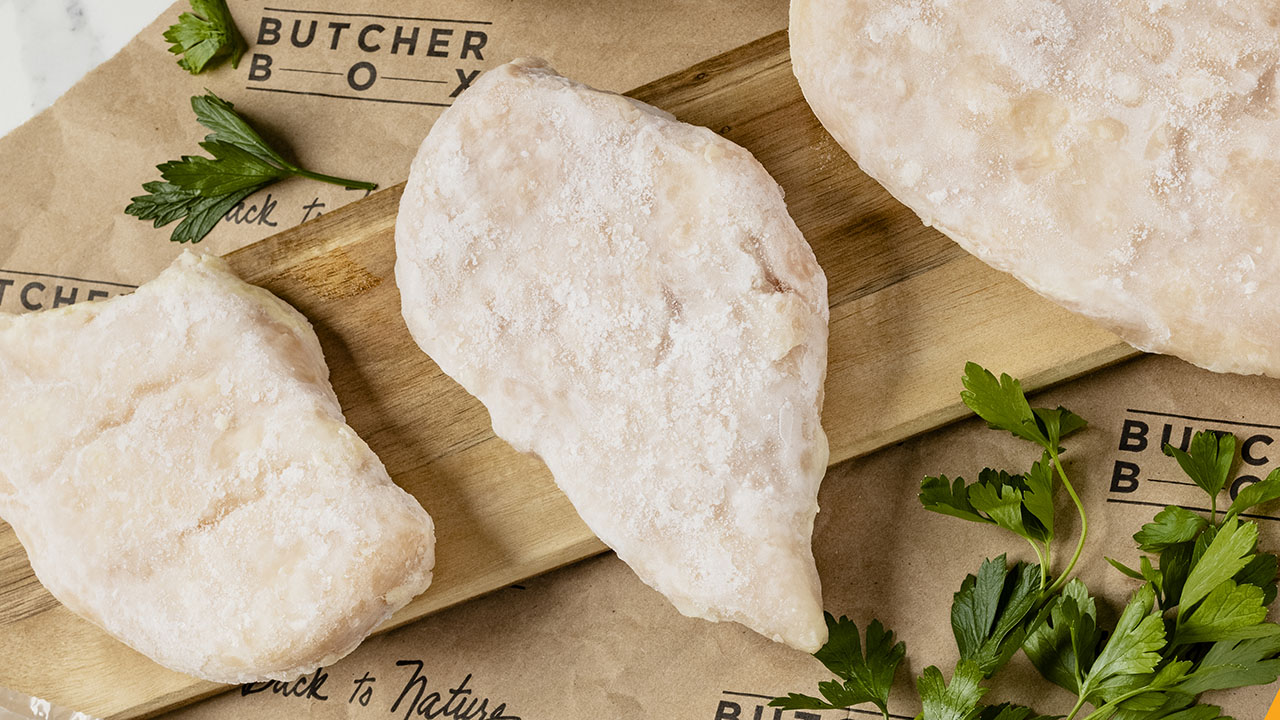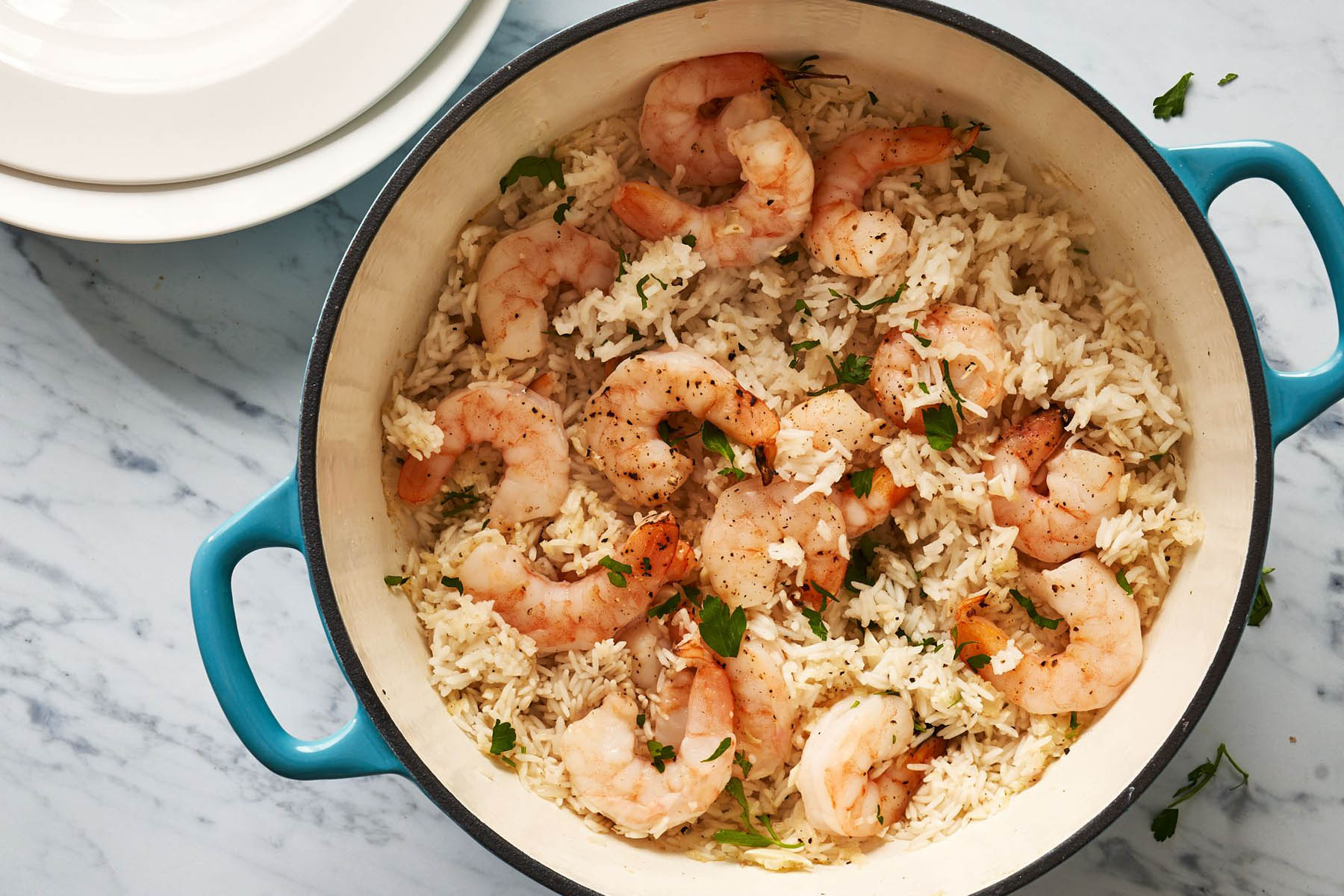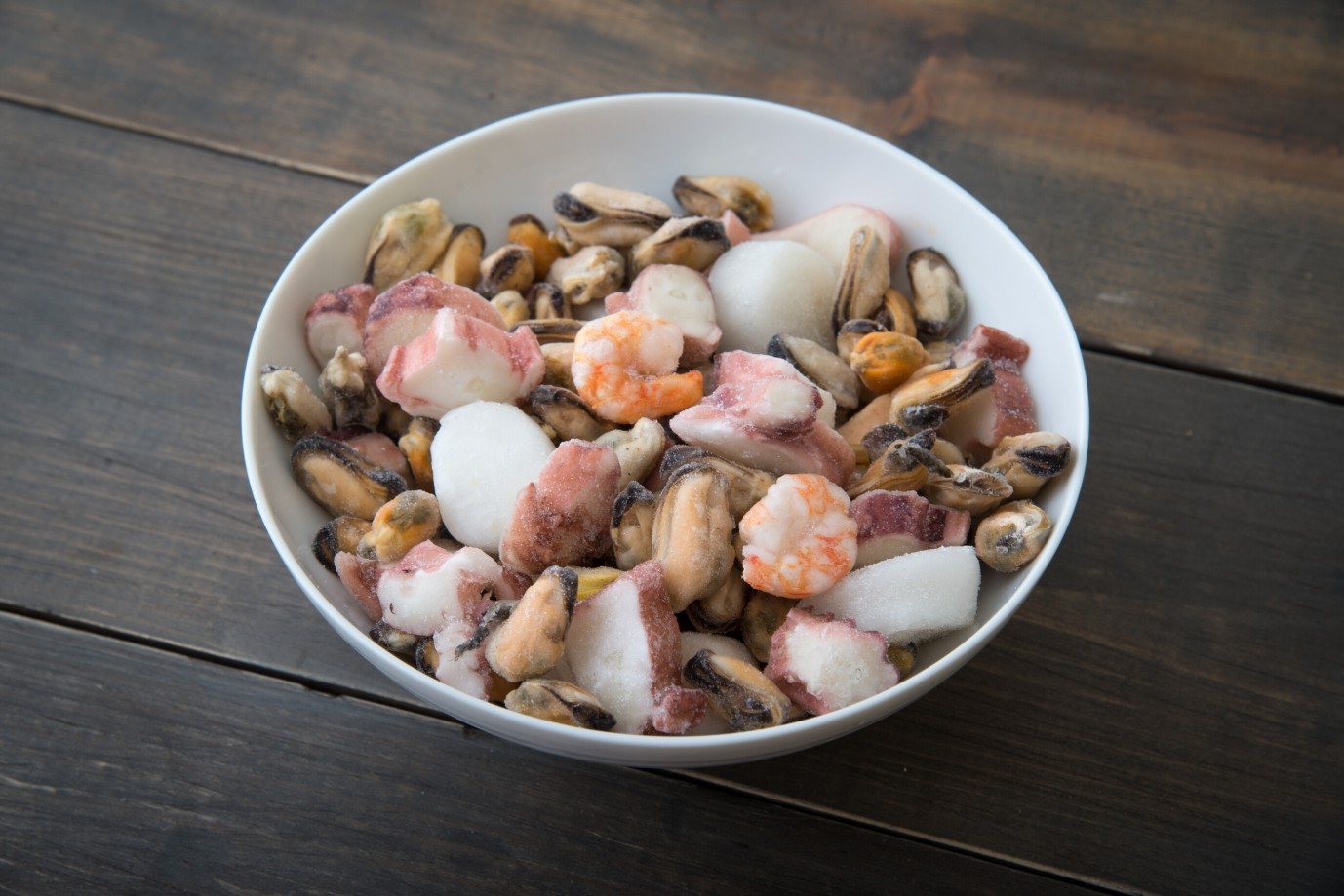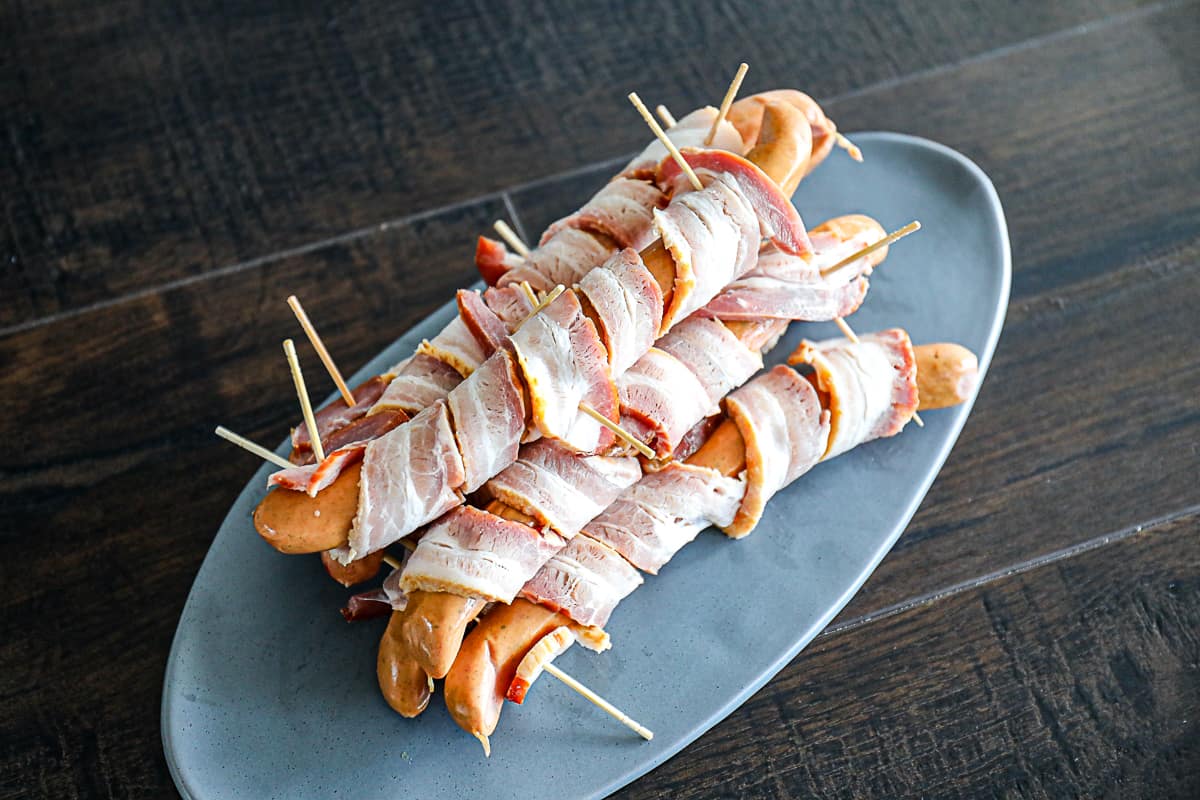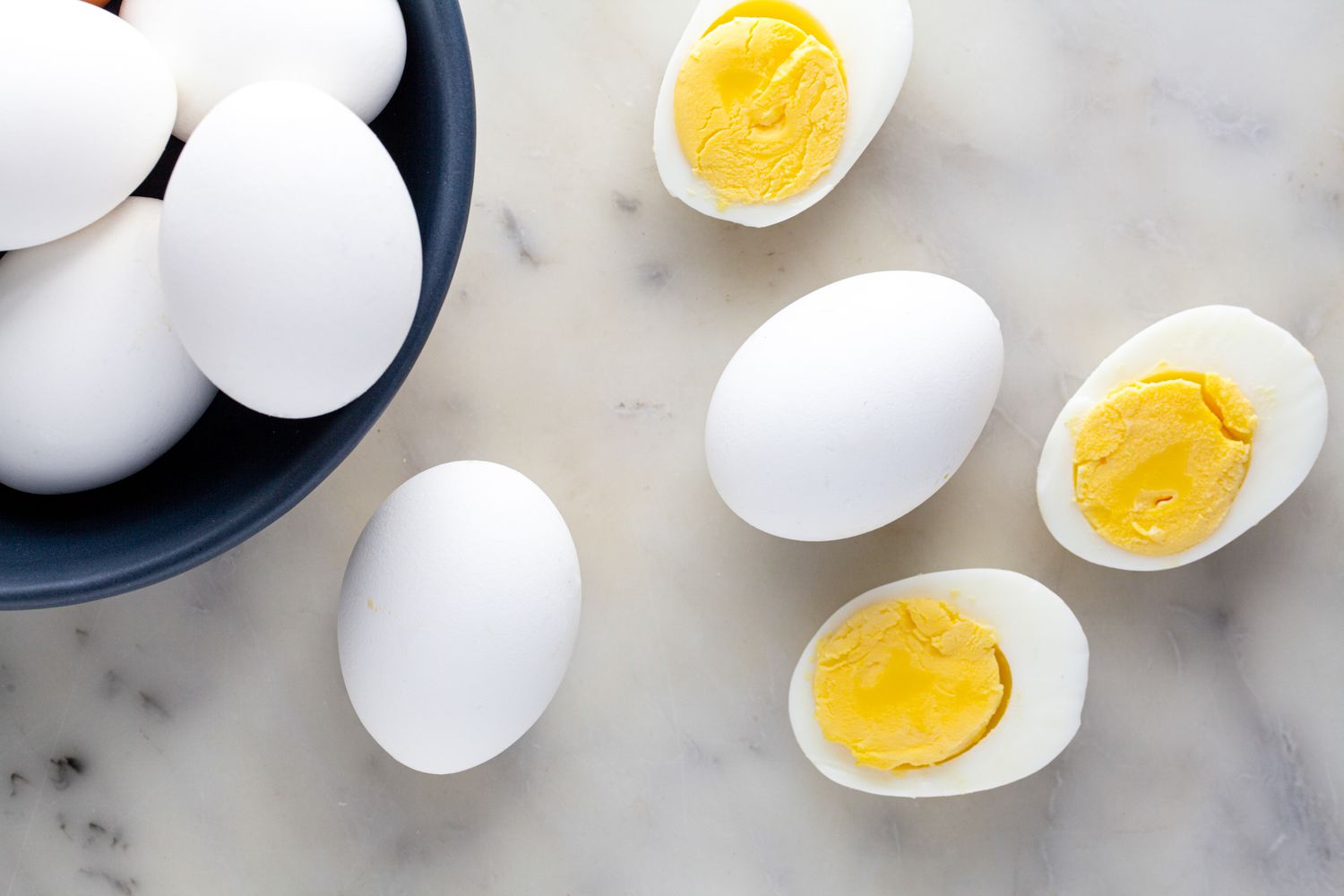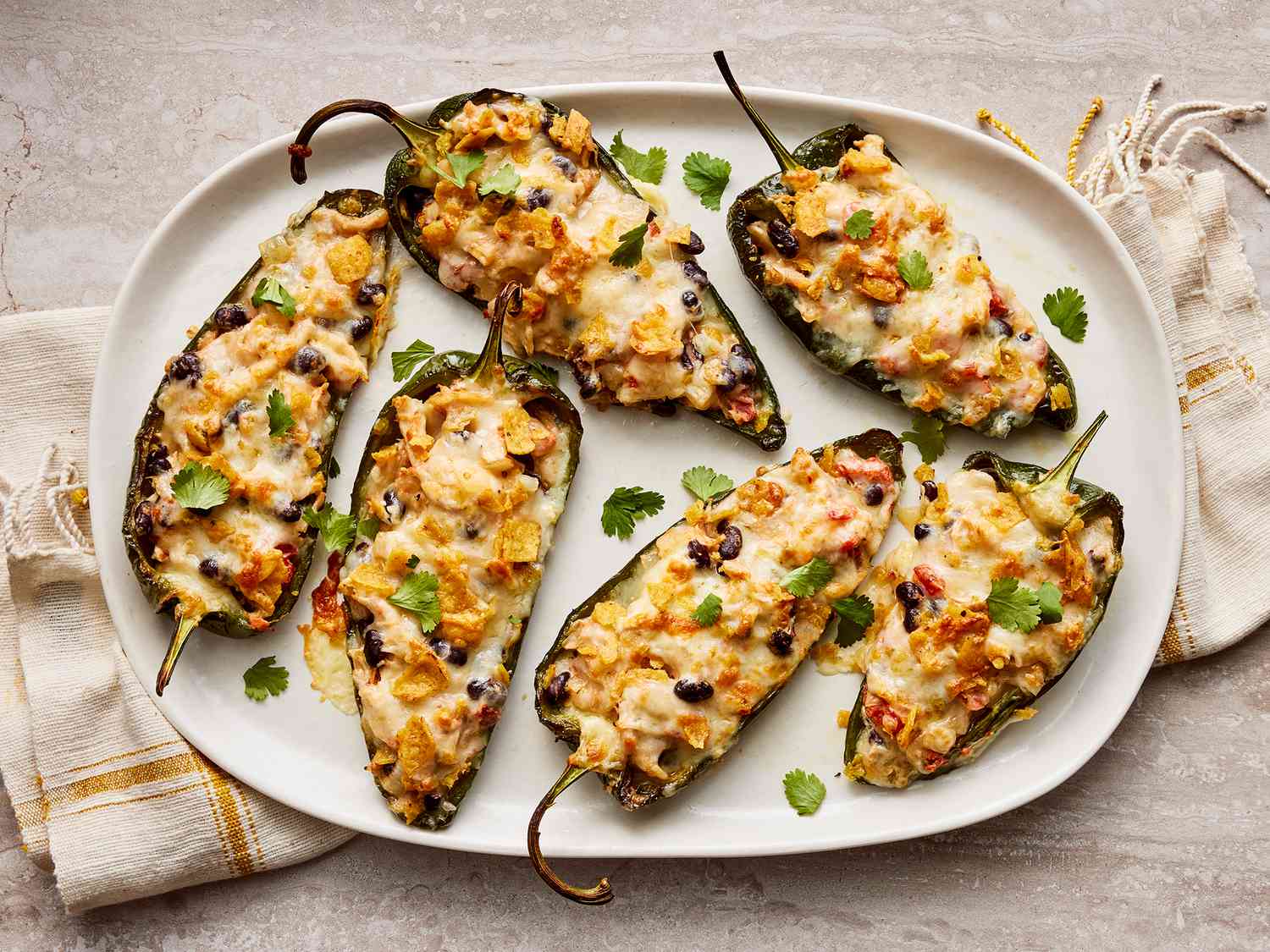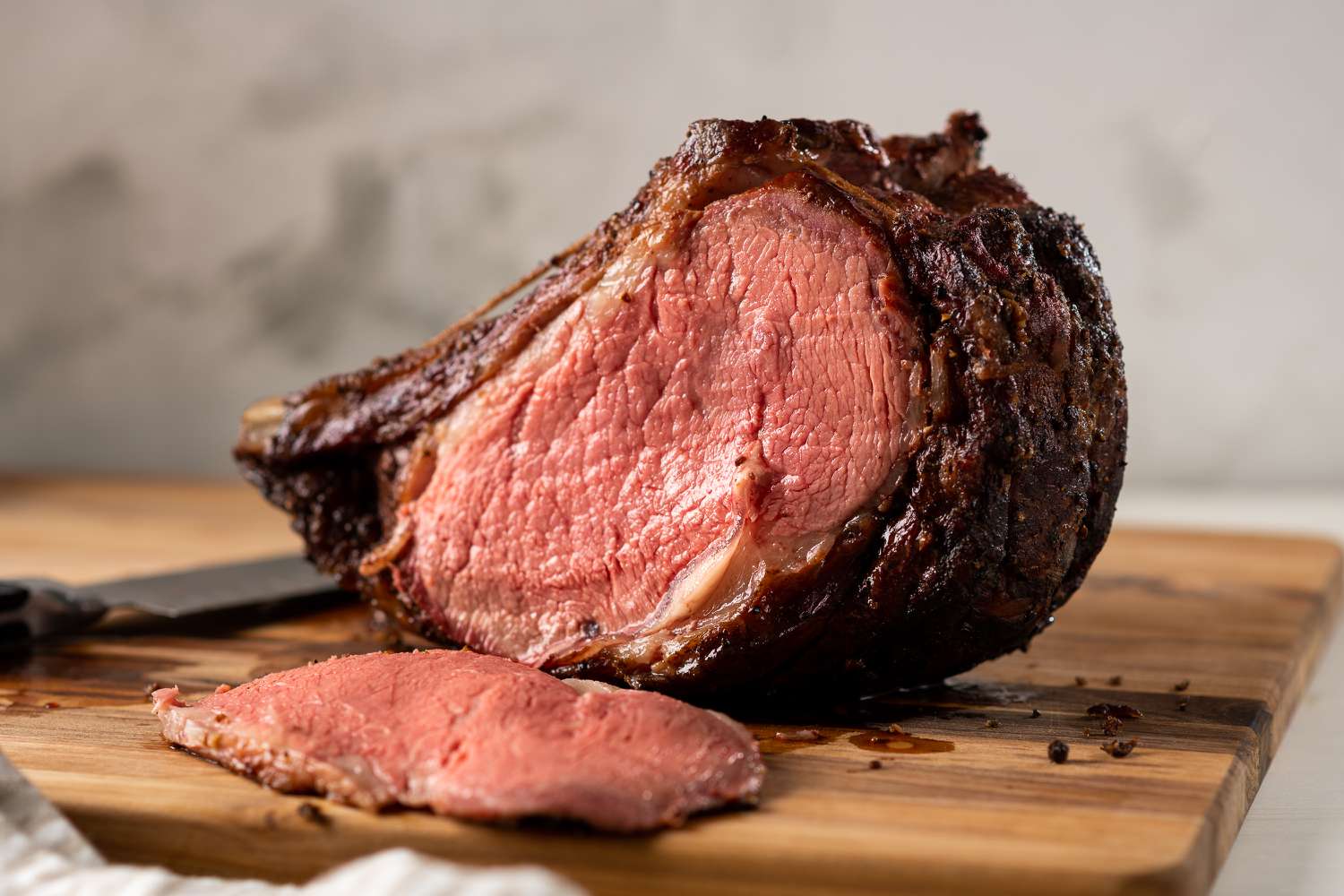Master the Art of Cooking Fresh Lo Mein Noodles
Lo Mein noodles are a popular staple in Asian cuisine, known for their delicious flavors and versatility. Whether you’re a novice cook or an experienced chef, learning how to cook fresh Lo Mein noodles can elevate your culinary skills to the next level.
Choosing the Perfect Noodles
Before diving into the cooking process, it’s important to choose the right type of fresh Lo Mein noodles. These noodles are typically made from wheat flour and have a slightly chewy texture that absorbs sauces and flavors beautifully. Look for fresh noodles in your local Asian grocery store or make your own at home for an authentic touch.
When selecting fresh Lo Mein noodles, keep in mind that they should be soft and pliable, almost like a thick spaghetti. Avoid noodles that feel dry or brittle, as they may not cook evenly or possess the same satisfying texture.
Preparing the Ingredients
Once you have your fresh Lo Mein noodles ready, it’s time to gather the rest of the ingredients. Lo Mein is incredibly versatile, so feel free to get creative with your choice of protein, vegetables, and sauces. Here are some classic combinations to inspire you:
- Sliced chicken breast with bell peppers and mushrooms
- Shrimp with broccoli and carrots
- Tofu with snap peas and bean sprouts
Prepare your protein and vegetables by slicing them into thin, bite-sized pieces. This ensures that all the ingredients cook evenly and allows the flavors to meld together perfectly.
The Cooking Process
Now that you have all your ingredients prepped and ready, it’s time to start cooking those fresh Lo Mein noodles:
- First, bring a pot of water to a boil. Add a pinch of salt and a tablespoon of oil to prevent the noodles from sticking together.
- Gently add the fresh Lo Mein noodles to the boiling water and cook according to the package instructions. Usually, it takes around 2-3 minutes for the noodles to become al dente.
- Once cooked, drain the noodles and rinse them with cold water to stop the cooking process.
- In a wok or large skillet, heat some oil over medium-high heat. Add your protein and stir-fry until it’s cooked through.
- Next, add your vegetables and stir-fry for a few minutes until they are crisp-tender.
- Finally, toss in the cooked Lo Mein noodles and your favorite sauce. Mix everything together, ensuring that the noodles are coated evenly with the sauce.
Continue stirring and tossing the ingredients for a couple more minutes, allowing the flavors to meld together and the sauce to thicken slightly.
Serving and Enjoying Your Lo Mein
Once your fresh Lo Mein noodles are cooked to perfection, it’s time to serve and enjoy your masterpiece. Transfer the noodles to a plate or bowl, and garnish with some extra vegetables or herbs for added freshness and visual appeal.
Pair your Lo Mein noodles with a side of crispy spring rolls or steamed dumplings for a complete Asian feast. Remember, the possibilities with Lo Mein are endless, so don’t hesitate to experiment with different ingredients and flavors to create your own signature dish.
Now that you’ve mastered the art of cooking fresh Lo Mein noodles, share your newfound skills with friends and family. Gather around the table and savor the delightful flavors of this classic Asian dish, made with love and a touch of your own culinary expertise.
